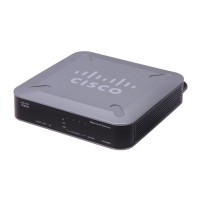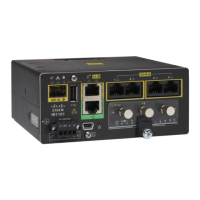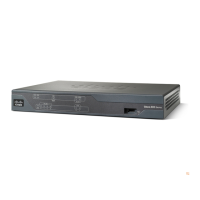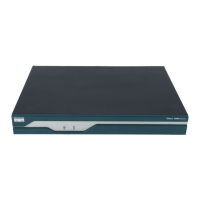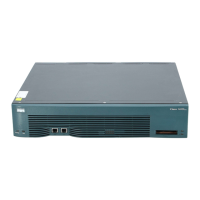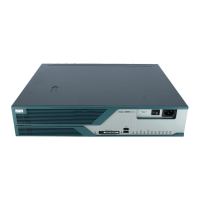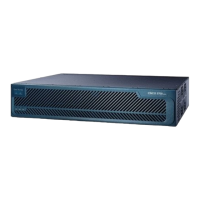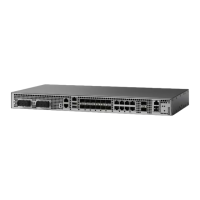Configuring the Dynamic Port Ranges for NAT44
Perform this task to configure dynamic port ranges for TCP, UDP, and ICMP ports. The default value range
of 0 to 1023 is preserved and not used for dynamic translations. Therefore, if the value of dynamic port range
start is not configured explicitly, the dynamic port range value starts at 1024.
SUMMARY STEPS
1.
configure
2.
service cgn instance-name
3.
service-type nat44 nat1
4.
dynamic port range start value
5.
end or commit
6.
DETAILED STEPS
PurposeCommand or Action
Enters global configuration mode.configure
Example:
RP/0/RP0/CPU0:router# configure
Step 1
Configures the instance named cgn1 for the CGN
application and enters CGN configuration mode.
service cgn instance-name
Example:
RP/0/RP0/CPU0:router(config)# service cgn cgn1
RP/0/RP0/CPU0:router(config-cgn)#
Step 2
Configures the service type keyword definition for NAT44
application.
service-type nat44 nat1
Example:
RP/0/RP0/CPU0:router(config-cgn)# service-type nat44
nat1
Step 3
Configures the value of dynamic port range start for a CGN
NAT 44 instance. The value can range from 1 to 65535.
The default value is 1024.
dynamic port range start value
Example:
RP/0/RP0/CPU0:router(config-cgn-nat44)# dynamic port
range start 666
Step 4
Saves configuration changes.end or commit
Example:
RP/0/RP0/CPU0:router(config-cgn-ivrf-sport-inside)#
end
Step 5
•
When you issue the end command, the system
prompts you to commit changes:
Uncommitted changes found, commit them before
exiting (yes/no/cancel)?
or
RP/0/RP0/CPU0:router(config-cgn-ivrf-sport-inside)#
commit
[cancel]:
◦
Entering yes saves configuration changes to the
running configuration file, exits the
Cisco IOS XR Carrier Grade NAT Configuration Guide for the Cisco CRS Router, Release 5.2.x
46 OL-32659-01
Implementing Carrier Grade NAT on Cisco IOS XR Software
Configuring the Policy Functions for the Carrier Grade NAT
